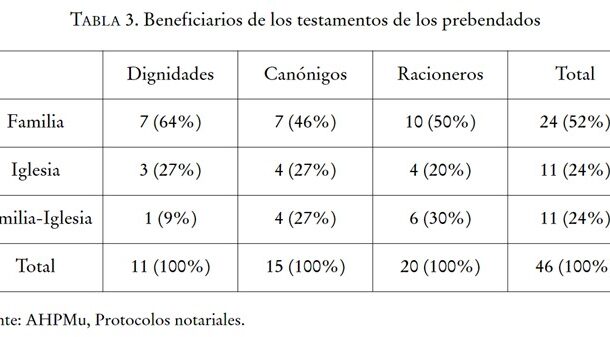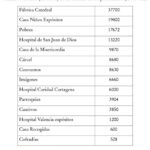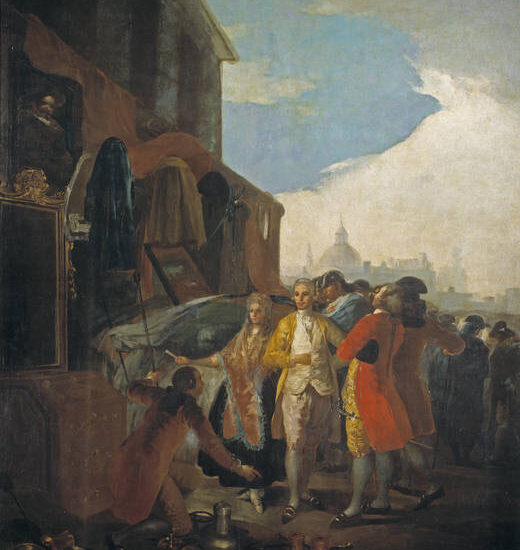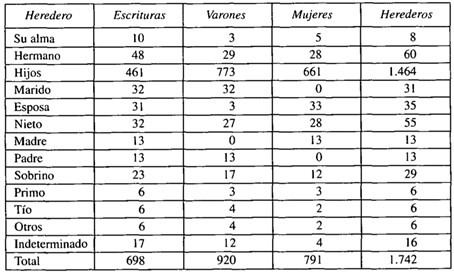
The concerns of the transmission of the patrimony for the members of the cathedral chapter of Murcia were their own families. Between 1743 and 1820, 52% of the main beneficiaries of the testamentary mandates of the chapter testify to this. However, the moralist treatises and the doctrine of the Church tried to ensure that the distribution favoured the ecclesiastical institution itself and the poor. How was the distribution and amount of the mandates for these items? As a minority with respect to the total inheritance, the main beneficiary was the cathedral factory with 37,700 reales. The hospital of San Juan de Dios also benefited with 13,220 reales and the Casa de la Misericordia with 9,870 reales. All these institutions had in common the assistance to the poor. Below 9,000 reales, we find ecclesiastical entities: convents, parishes or confraternities, the latter with the lowest contribution: 528.
Collection: Statistics
Project: 2. Social and economic impact of technological revolutions in Europe., 3. Rural world and urban world in the formation of the European identity.
Chronology: XVIII, XIX
Scope: Secondary Education, Baccalaureate, University
Link: https://revistas.usal.es/index.php/Studia_Historica/article/view/9110/9348
Resource type: Statistics
Format: Table
Source: Irigoyen López, A. (2011). "Estrategias de transmisión del alto clero secular en Castilla durante el Antiguo Régimen. Los prebendados de Murcia en el siglo XVIII", en Studia Historica, vol. 33, p. 114.
Language: Spanish
Date: 2011
Owner: Pablo Ballesta Fernández (Modernalia)
Copyright: ©Studia Historica ©Antonio Irigoyen López
Abstract: Resource that deals with the amount of reals that the chapter of the cathedral of Murcia allocated between 1743 and 1820 to the poor and religious institutions
Image
Tags








